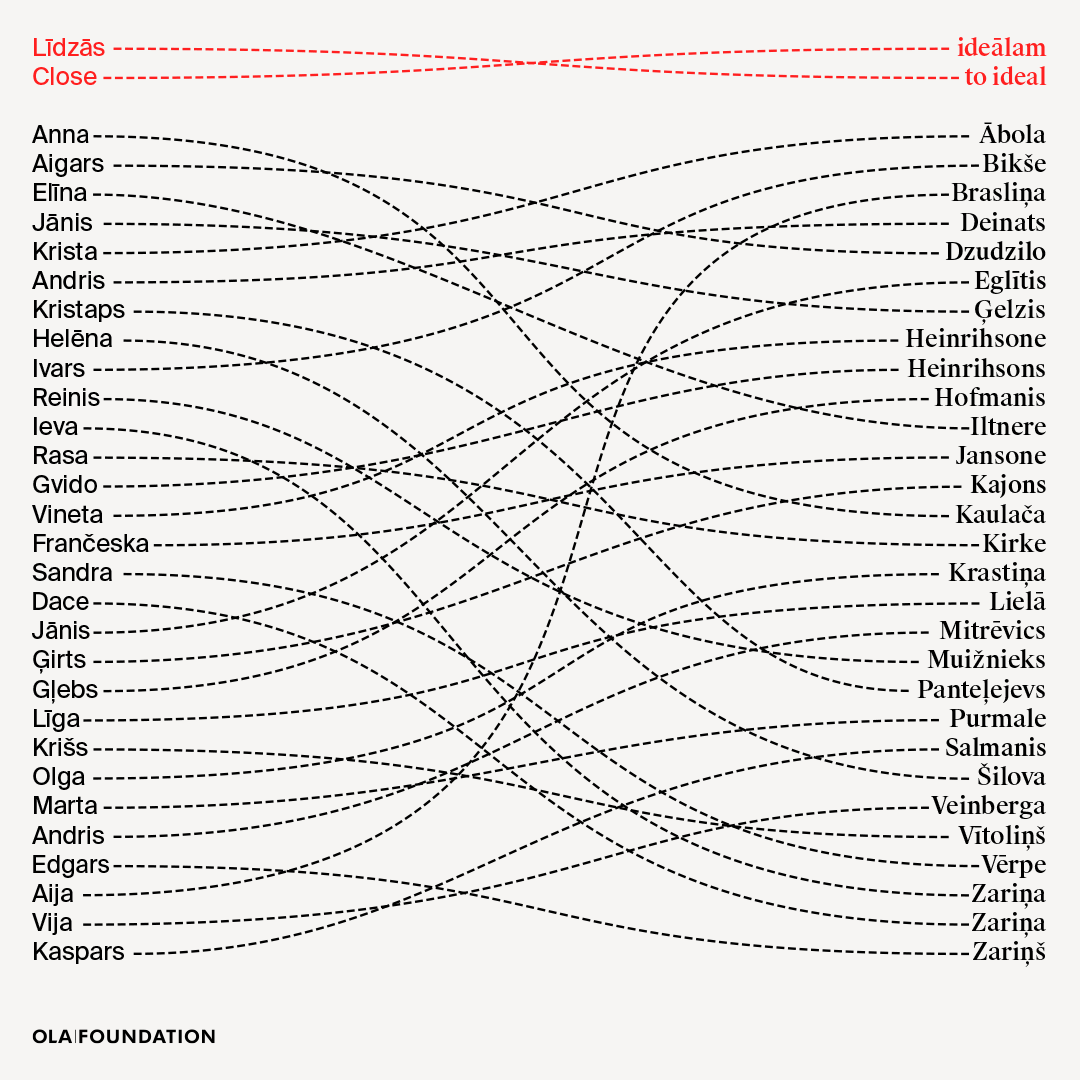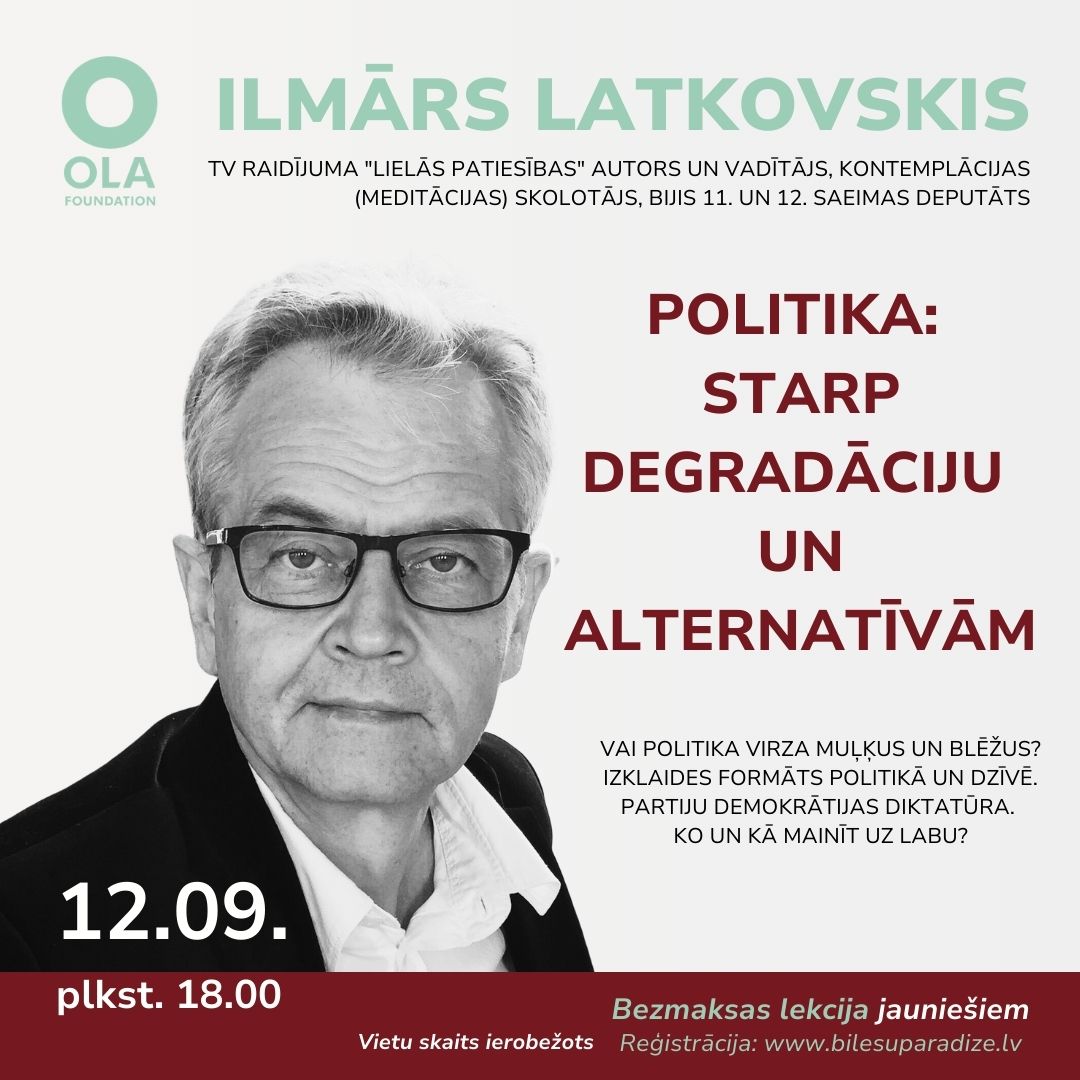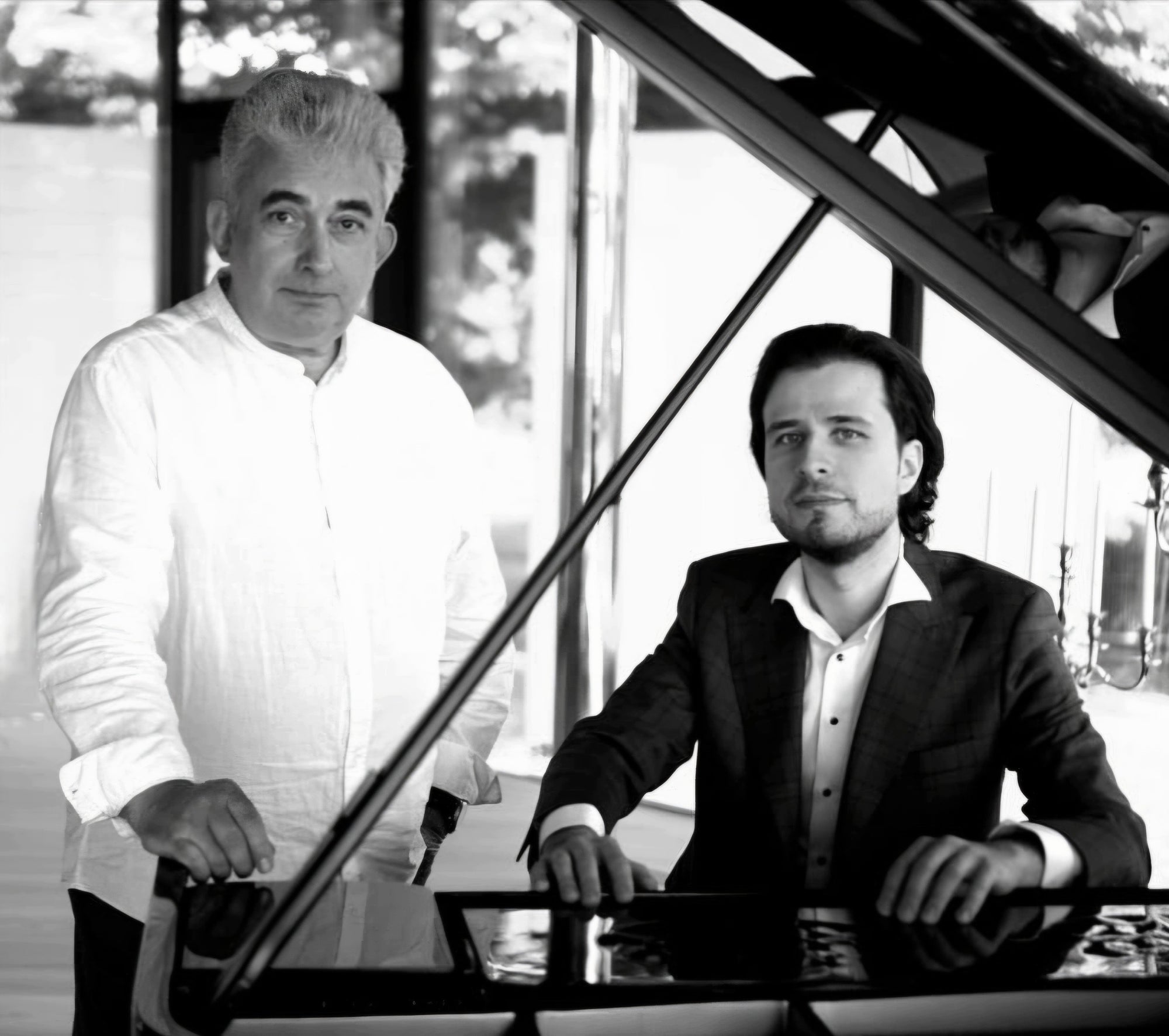The concept of the exhibition is based on three aspects: the ideal of nature, the ideal of women, and time.
Over time, society has strived to formulate ideal standards, which are both static and ever-changing. Historical and cultural influences periodically bring about shifts in accepted assumptions within society, while the core of the message remains unaltered. The ideal stays an ideal, a magnitude to be reckoned with, even when questioned.
The genre of landscape painting has long been associated with idealising nature, encompassing not only precise depictions of the natural world if we consider realism, but also embedding cultural traditions. What is nature? How do we envision it, and how do we project it onto others as a framework of our national mentality? Latvian landscapes are still often compared to the imagery, created by the painter Vilhelms Purvītis - seen as a temple maintaining harmony. Even through the daily view from a car window, we immediately recognise the compositional structure of "our" landscapes, affirming it with an exclamation: "It looks like a Purvītis!" Of course, a landscape is not merely forests, seas, fields, or blooming meadows. Even in the so-called urban environment - cityscapes - we search for elements of idealisation that not only capture the existing but also construct the desired, within a contemporary dynamic perspective.
Historically, the representation of women in art can be compared to depictions of nature. The comparison has circulated for ages: a woman is like nature itself - present and unquestionably essential for life, beautiful and noble, but at the same time, her essence and purpose are passive and enduring. Art is the space where over centuries, standards of a woman's beauty, grace, and accepted social roles within society have been constructed. Artistic vision not only seeks to respond to these questions but also embeds the developed assumptions as respected norms.
One might think that the unstoppable flow of time is opposed to the ideal with its inclination towards eternity. The way our contemporary time coexists with the ideal is a recurring motif throughout the exhibition. Echoes of the Ukrainian war compel us to ponder - the image of an ideal landscape is peaceful, allowing us to feel the soothing power of nature. But what do we do when our homes and the environment we live in are brutally ravaged? Therefore, here in Latvia, we have been given a time when we must look at our self-evident values from the perspective of potential threats. It is a time when we keenly feel the need for those ideal values that are within our reach every day.
The exhibition is an artistic event where the concept of "close to ideal" can also be applied to the process of creating art - to those hours, days, and years that every artist spends in their studio.
Exhibition curators - Ilze Pīlēna, Sandra Krastiņa



